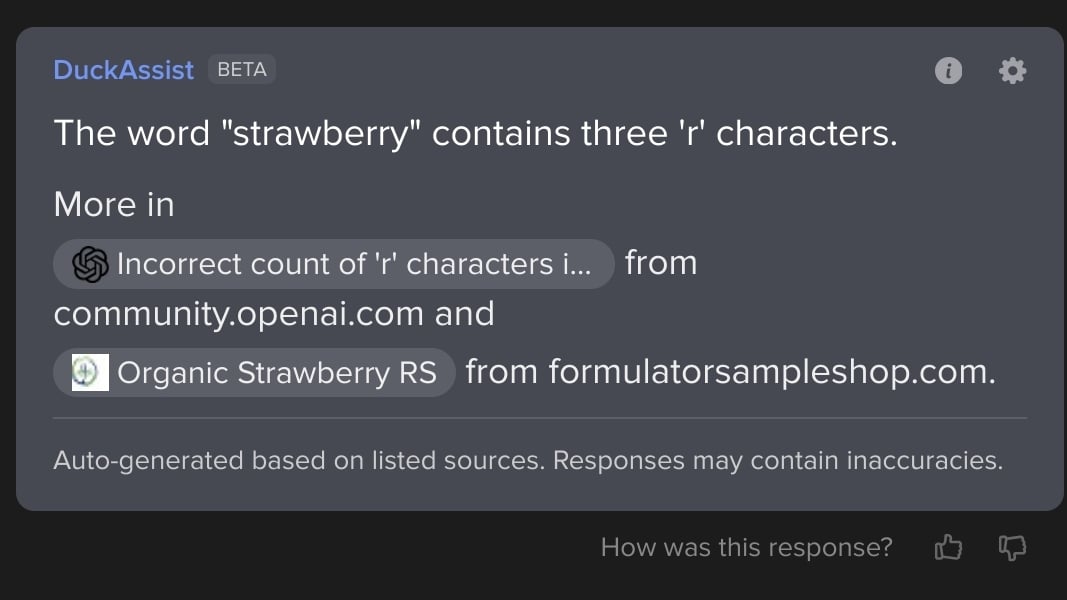I love Fossil and use it for all my personal projects! I use syncthing to keep my all my repositories updated across devices and it works great!
I do wish I better understood either self-hosting or that there were more web hosts though, it would make collaboration easier when I feel like sharing. A git(hub) bridge could do it too I guess…





The binary executable for Fossil is a single file (repos are also single files, sqlite databases). That one executable does all the VCS functions but it also has a built-in web server that will host repos as a little customizable website. That’s how you access the wiki, chat, forums, and ticketing system. You can also configure the repo, view timelines, view code, and all that stuff.
One can set up a proxy and publicly self-host the repo over the internet. That’s what the official fossil site is, a hosted repo of it’s own source code. I didn’t feel like setting up a local web host, an ngnx reverse proxy, figuring out vpn for remote access, etc etc. So i just use synching and only run locally, because it’s easier for me.
That’s another nice thing about fossil, it’s quite flexible and can grow with the needs of the project.